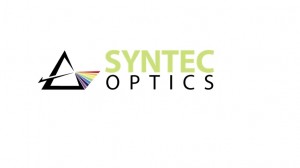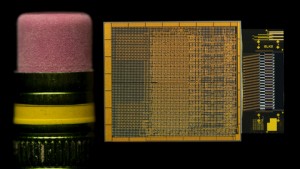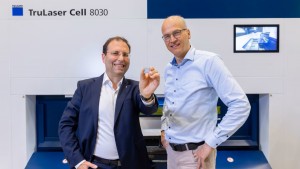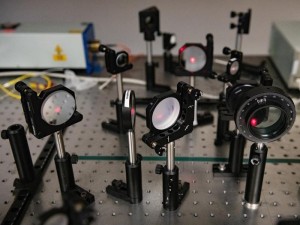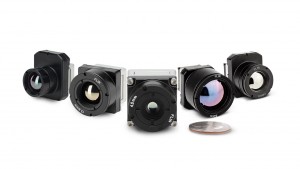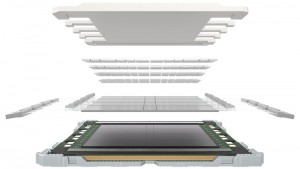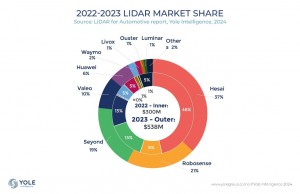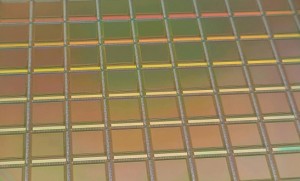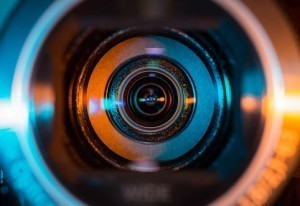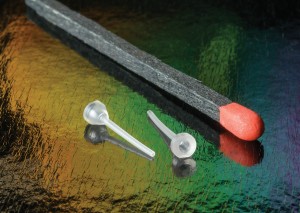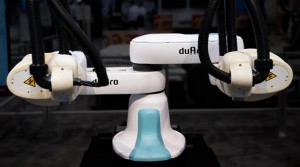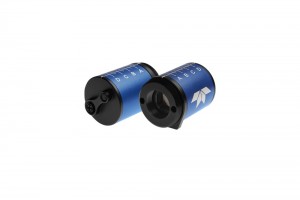
Wake Forest Baptist Medical Center researchers are gaining a better understanding of the neuro-chemical basis of addiction with a new technology called “optogenetics.” In neuroscience research, optogenetics is a newly developed technology that allows researchers to control the activity of specific populations of brain cells, or neurons, using light. And it’s all thanks to understanding how tiny green algae, which give pond scum its distinctive colour, detect and use light to grow.
The technology enables researchers such as Evgeny A. Budygin, PhD, assistant professor of neurobiology and anatomy at Wake Forest Baptist Medical Center, to address critical questions regarding the role of dopamine in alcohol drinking-related behaviours using a rodent model. According to Budygin, the technique has enabled the researchers to gain control of specific populations of dopamine cells using light, providing them with information about what sort of patterns of dopamine cell activation might be most effective to affect alcohol consumption.
The latest study from Budygin and his team “Optogenetic stimulation of VTA dopamine neurons reveals that tonic but not phasic patterns of dopamine transmission reduce ethanol self-administration” was published online in last month’s journal Frontiers in Behavioral Neuroscience. Co-author Jeffrey L. Weiner, PhD, professor of physiology and pharmacology at Wake Forest Baptist Medical Center, said that one of the biggest challenges in neuroscience has been controlling the activity of brain cells in the same way as the brain controls them. With optogenetics, neuroscientists can turn specific neurons on or off at will, proving that those neurons actually govern specific behaviours.
According to Weiner, researchers have known for many years what areas of the brain are involved in the development of addiction and which neurotransmitters are essential for this process. They need to know the causal relationship between neuro-chemical changes in the brain and addictive behaviours and optogenetics makes that possible now.
The researchers used cutting-edge molecular techniques to express the light-responsive channel-rhodopsin protein in a specific population of dopamine cells in the brain-reward system of rodents. They then implanted tiny optical fibres into this brain region and were able to control the activity of these dopamine cells by flashing a blue laser on them.
Weiner also said that while an electrode in the brain with an applied electrical current can excite the brain cells but it activates all the cells in that area. Optogenetics enables researchers to selectively control a specific population of dopamine cells in a particular part of the brain-reward system. Using this technique, they discovered distinct patterns of dopamine cell activation that seemed to be able to disrupt the alcohol-drinking behaviour of rats. Weiner said there is translational value from the study.
According to Weiner, doctors are starting to use deep-brain stimulation to treat everything from anxiety to depression, and while it works, there is little scientific understanding behind it, he said. Budygin agreed and said this kind of project wouldn’t be possible without cross-campus collaboration between neurobiology and anatomy, physiology and pharmacology and physics. These first steps were impossible before the optogenetic era, according to Budygin.









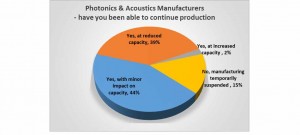
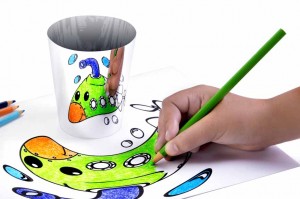































 Back to News
Back to News













